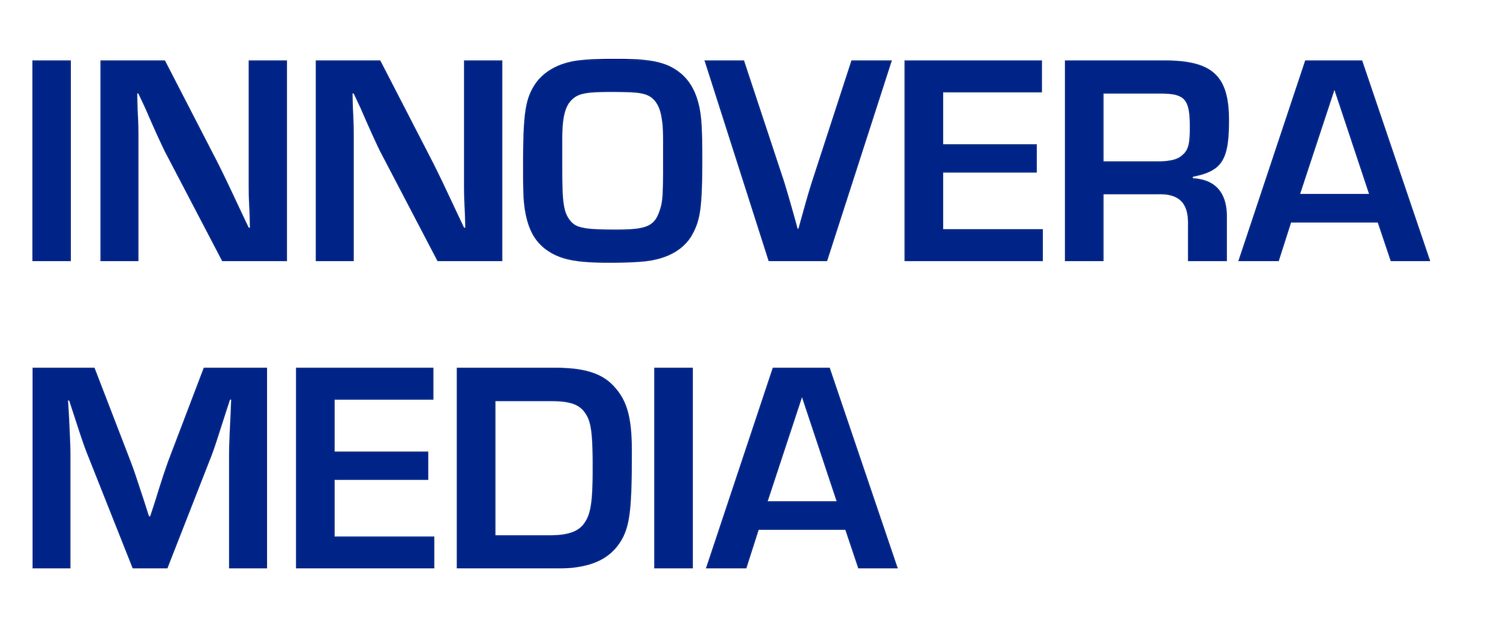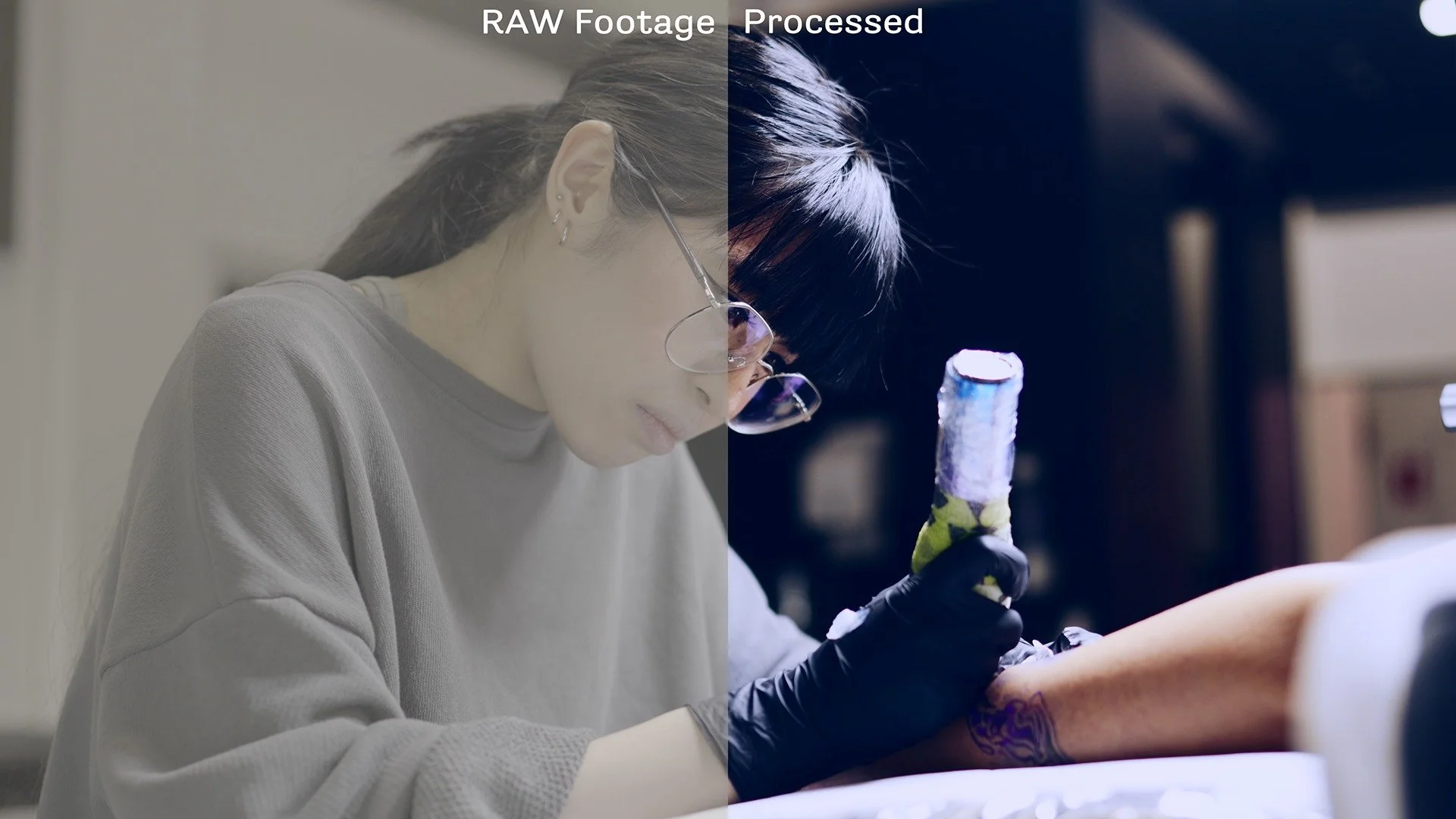Why RAW Files Aren’t Typically Included in Creative Deliverables
If you’ve ever hired a photographer or videographer in Australia, you might wonder whether you should ask for the RAW files along with the finished product. However, it’s not standard practice for creators to provide RAW files, and there’s a good reason for that.
What Are RAW Files?
RAW files are unprocessed, uncompressed images or footage that contain all the data captured by a camera’s sensor. They’re like a blank canvas, allowing for extensive editing and adjustment. However, they’re not ready-to-use and require significant editing to become the polished final product you see in a portfolio or on social media.
The Restaurant Analogy
Think of it like going to a restaurant: you order a meal and receive a beautifully prepared dish. You don’t ask for the raw ingredients because the magic happens in the kitchen—the same way a creator transforms raw footage or images into a polished final product. RAW files are the ingredients, not the meal.
Why Creators Usually Don’t Share RAW Files
There are a few key reasons creators generally don’t provide RAW files:
Artistic Integrity: RAW files are the starting point of the creative process. By giving them to clients, creators lose control over how the work is edited or used, potentially misrepresenting their artistic vision.
Professional Quality: The final product has been edited and polished to a professional standard. Releasing RAW files could lead to subpar versions being shared or used, which could harm the creator’s reputation.
Time and Effort: Editing RAW files is a crucial part of the creative process. By delivering only the final product, creators ensure their time and expertise in editing are compensated. If RAW files are requested, additional fees often apply to cover the extra value.
When Are RAW Files Available?
That being said, there are instances where clients may request access to RAW files. For example, in collaborative projects where another creative professional is involved in the post-production process, or when a client explicitly needs them for internal edits.
However, this usually involves a mutual agreement and almost always comes with an additional fee. The extra charge accounts for the creator relinquishing control over their work and compensates for the perceived loss in value when unprocessed files are delivered.
Bottom Line
Unless agreed upon beforehand, creators have no obligation to provide RAW files to their clients. If RAW files are critical for your project, it's essential to communicate this from the beginning and be prepared for the potential additional costs.
For clients, it’s important to trust the creator’s process and respect that the final product they deliver represents their professional best. Asking for RAW files may not only add unnecessary complexity but could also undermine the quality of the work you’ve commissioned.
Further Reading
Photography & Copyright - ACC - INFO011 - Australian Copyright Council
CC Australia - Connecting Australia to the commons
Commissioned photographs and copyright - Arts Law Centre of Australia


